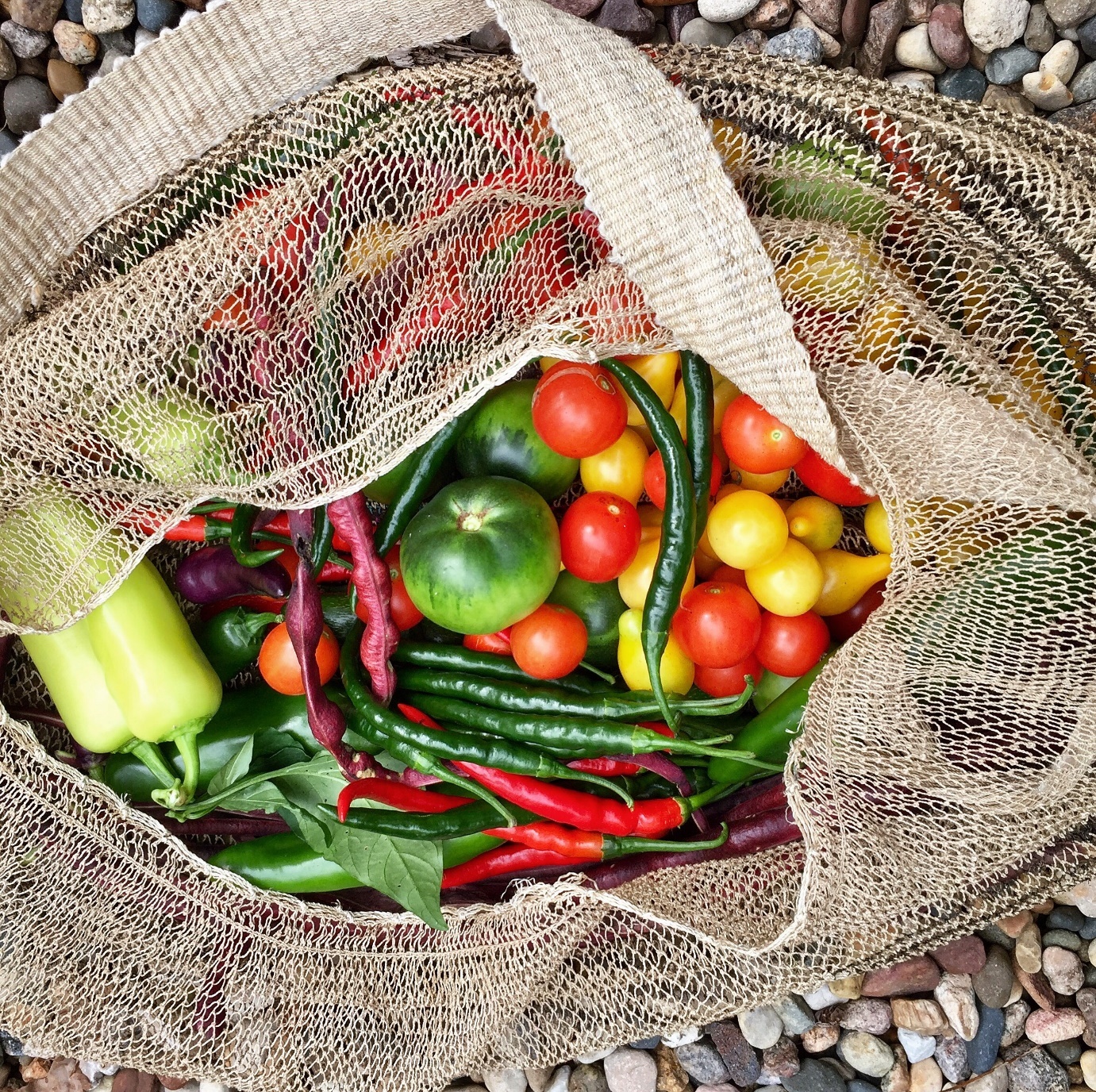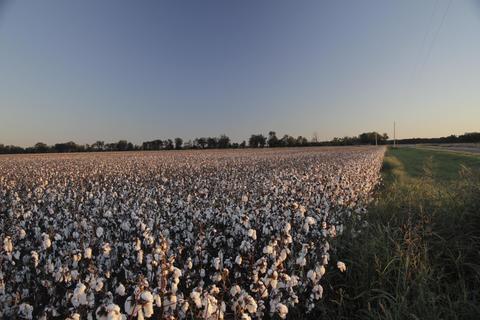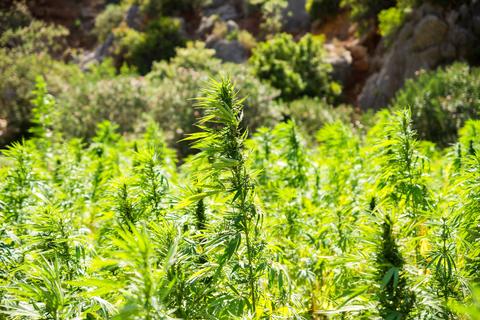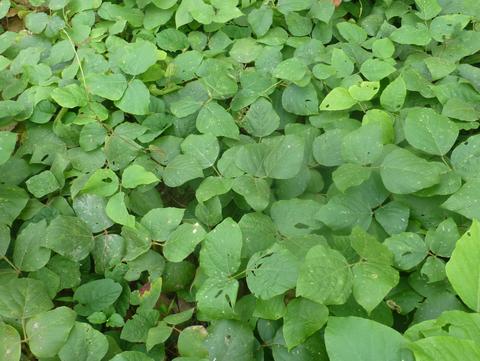
One of the great things about living in today’s information society is that we are finally waking up to how the choices we make in our daily lives impact our world. As this awareness grows, old technologies are becoming new again as we search for environmentally friendly products to serve our needs.
For textiles, hemp (Cannabis sativa) is far more eco-friendly than cotton. But the Khmu people in Southeast Asia have been using a fiber for thousands of years that is even better for the environment than hemp. JungleVine (Pueraria phaseoloides) could well be as much of an improvement over hemp as hemp is over cotton.
I first discovered the JungleVine in 2004, when I was visiting Laos. I’m a minimalist, and don’t keep much around. But when my friend and guide, from the Khmu tribe in Laos, gave me a bag made of that natural fiber as a souvenir, I was given something pretty special. When I returned home, I discovered it was unusually strong. I could use it to carry my tools to go repair to roof of my house. It could stretch and carry much more weight than my regular carry-on bags. It took me months to track down the communities that made the bags, as the Khmu tribes live in remote villages all over northern Laos. The tribes pass down this artisan skill from generation to the next, and handcraft these bags to serve a practical purpose for harvesting and daily activities. As an American, I discovered a much more sustainable option than using plastic, cotton or even hemp bags…
Cotton Textiles are Environmentally Brutal
More chemical pesticides and fertilisers are applied to cotton than almost any other crop on the planet. The phrase “fertile fields of cotton” is a myth; cotton fields are saturated in chemical residue and depleted of nutrients by the cotton plants.

Hemp Textiles are Better Than Cotton, However…
Hemp requires 1/10 of the water that cotton requires. It is naturally pest and weed resistant, so it requires little pesticide or herbicide use. However, hemp is an annual and must be reseeded and fertilised each time it is planted. This not only makes it more labour intensive, but necessitates the use of grain drills or other seeding equipment, increasing its carbon footprint. While hemp is more tolerant of poor soil conditions than cotton, it doesn’t grow well if not provided with the proper nutrients. To be commercially viable, it requires the use of chemical fertilisers, which are a leading cause of surface water pollution. In the majority of cases, hemp requires the use of mechanical harvesters that burn fossil fuels, creating an even larger carbon footprint.

JungleVine Fiber is Even Better Than Hemp
JungleVine is a perennial vine that self-sows, grows, and re-grows without any cultivation or human intervention. It thrives without any fertilisers, pesticides, or any supplemental water beyond rainfall. As a member of the pea family (Fabaceae), the vine fixes nitrogen from the air into the soil and actually improves the soil where it grows. It can be planted in completely barren soil on construction-damaged sites, and as it grows, it improves soil fertility and heals the soil tilth, restoring a healthy ecosystem for insects, birds, and wildlife. JungleVine is harvested by hand, consuming no fossil fuels in the process.

There is no doubt, from both an ecological and economical point of view, that textiles made from hemp are a vast improvement over cotton. However, JungleVine Fiber far exceeds even hemp as an environmentally-friendly alternative fiber. This is why I launched the JungleVine Foundation, and our collection of Nature bags and home accessories made out of JungleVine® natural fibre.
By Bill Newbrough, founder of the JungleVine Foundation, home of the JungleVine® natural fibre and the globally renowned Nature Bag. The JungleVine Foundation’s mission is to connect remote isolated tribal communities with the global market by promoting their natural fibre handicrafts



